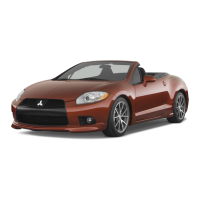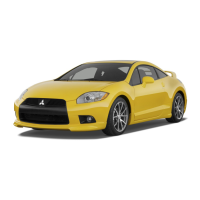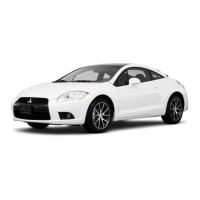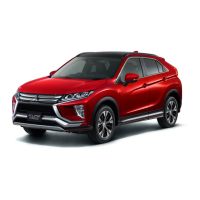7-24
Vehicle care and maintenance
7
The recommended inflation pressures should be used for the
tires listed below.
Tire pressures should be checked, and adjusted if necessary, at
least once a month.
Pressures should be checked more often whenever weather
temperatures change severely, because tire pressures change
with outdoor temperatures. The pressures listed on the placard
are always “cold inflation pressure”.
Cold inflation pressure is measured after the vehicle has been
parked for at least three hours or is driven less than 1 mile
(1.6 km) after having been parked for three hours.
Cold inflation pressure must not go above the maximum values
molded into the tire sidewall. After driving several miles, your
tire inflation pressure may increase 14 to 41 KPA, 2 to 6 PSI
from the cold inflation pressure. Do not let air out of the tires to
get back to the specified cold pressure, or your tire pressure
will be too low.
Check your tires each time you refuel. If one tire looks lower
than the others, check the pressure for all of them.
You should also take the following safety precautions:
● Keep your tires inflated to the recommended pressures.
(See the tire and loading information placard attached to
the sill of the driver’s door.)
● Stay within the recommended load limits.
● Make sure that the weight of any load in your vehicle is
evenly distributed.
● Drive at safe speeds.
● After filling your tires to the correct pressure, check them
for damage and air leaks. Be sure to replace the caps on
the valve stems.
Item Tire size Front Rear
Normal tire
P225/50R17
P235/45R18
220 KPA,
32 PSI
220 KPA,
32 PSI
Compact spare tire T125/70D16 420 KPA, 60 PSI
BK0098300US.book 24 ページ 2008年12月8日 月曜日 午前11時37分

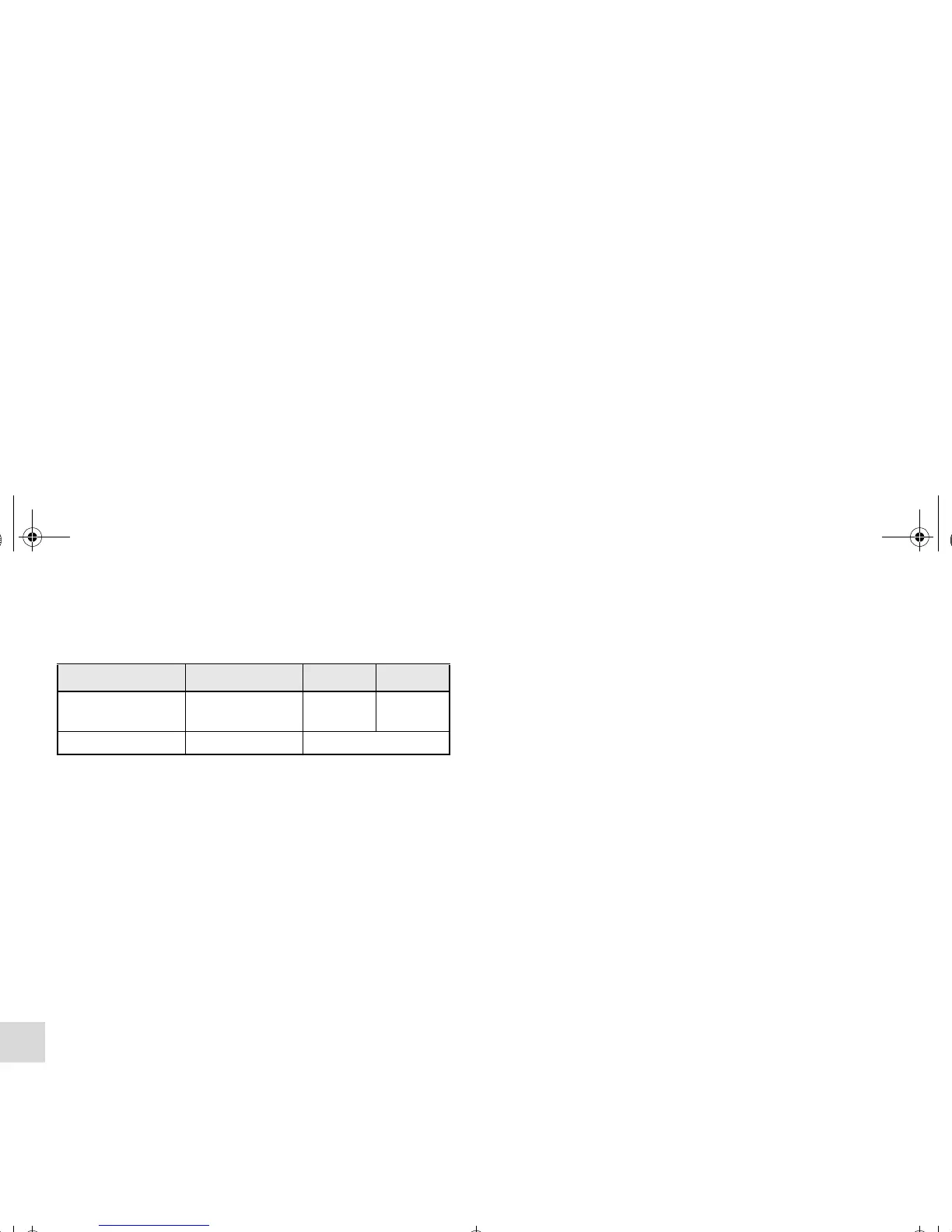